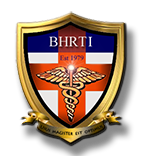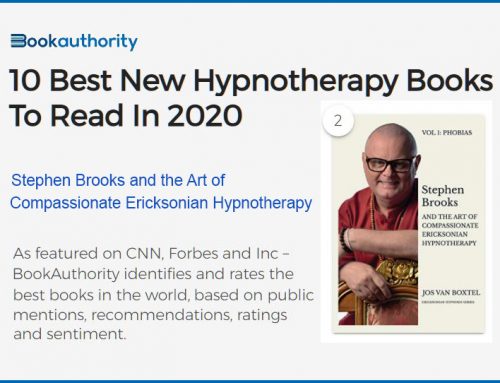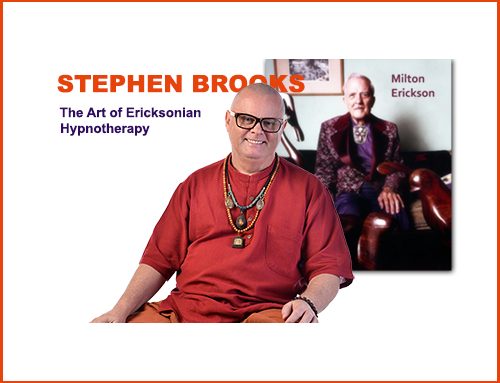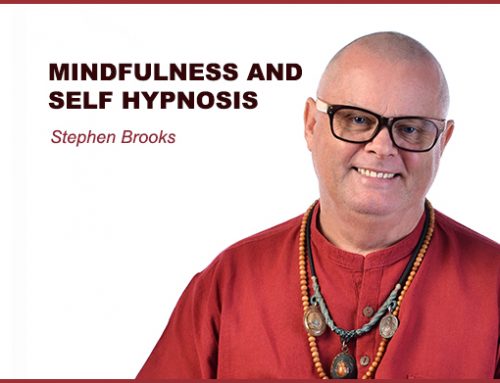VIDEO: Stephen Brooks teaches how Milton Erickson treated Bedwetting (Enuresis) with Ericksonian hypnotherapy and tasking (with case studies)
1. Traditional therapy for treating bedwetting (enuresis)
Milton Erickson rarely treated problems the traditional way. Instead he used new and innovative techniques such as tasking, metaphor and indirect suggestion. But as a benchmark, here are a number of ways therapists tradtionally treat enuresis, commonly known as bedwetting:
- Motivational therapy: This type of therapy focuses on helping the child feel in control of their bladder and encourages them to take steps to stay dry. This can include keeping a record of dry nights, setting a bedtime routine, and rewarding the child for dry nights.
- Biofeedback: This type of therapy uses electronic devices to help the child learn how to control their pelvic floor muscles. This can help the child empty their bladder more completely and prevent accidents.
- Alarm therapy: This type of therapy uses an alarm to wake the child up when they start to wet the bed. This can help the child learn to associate the feeling of a full bladder with waking up and going to the bathroom.
2. Traditional hypnotic approaches to treating bedwetting
- Even when hypnotherapists started treating enurisis with hypnoisis they followed the more direct approach of hypnotists from the 1940’s – 60’s. These approaches to treating bedwetting (enuresis) with hypnosis involve the use of relaxation techniques, visualization, and suggestion. The goal of hypnosis was to help the child relax and focus on positive images, such as a dry bed. The therapist also made suggestions to the child about their ability to stay dry at night.
- Milton Erickson went far beyond these traditional techniques and his techniques have been shown to be an effective treatment for bedwetting in children. Studies have shown that hypnosis can help children stay dry for up to 80% of the nights after treatment. Hypnosis is also a safe and effective treatment for bedwetting, and it does not have any side effects.
3. Milton Erickson’s innovative approach to treating bedwetting (enuresis) with tasking
Erickson developed a specific approach to treating bedwetting (enuresis) known as tasking. Tasking involves giving the child a specific task to complete. The task is designed to help the child learn to control their bladder and stay dry at night.
Erickson believed that tasking was an effective treatment for bedwetting because it allowed the child to take an active role in their own treatment. By giving the child a specific task to complete, Erickson was able to empower the child and help them feel in control of their bedwetting.
4. The origin of Milton Erickson’s tasking techniques
The origin of Milton Erickson’s tasking techniques is not entirely clear. Some believe that they originated in Erickson’s personal experiences with childhood illnesses and disabilities, while others believe that they were developed through his work with hypnosis and psychotherapy.
Erickson himself never explicitly stated the origin of his tasking techniques. However, he did say that he believed that the unconscious mind was capable of solving problems and changing behavior. He also said that he believed that people were more likely to change if they were given a specific task to complete.
Tasking techniques are based on the idea that the unconscious mind is more receptive to suggestions when they are made in a indirect and non-threatening way. By giving the client a specific task to complete, the therapist can bypass the conscious mind and communicate directly with the unconscious mind.
Tasking techniques have been used to treat a variety of problems, including bedwetting, anxiety, depression, and pain. They have also been used to improve performance, increase creativity, and promote personal growth.
The type of tasking technique that is used will vary depending on the individual client and the problem that they are facing. However, all tasking techniques are based on the same principle: that the unconscious mind is more receptive to suggestions when they are made in a indirect and non-threatening way.
5. Milton Erickson’s use of tasking as a form of metaphor
Milton Erickson’s use of tasking and offering the client a metaphor are both indirect approaches to therapy that are based on the idea that the unconscious mind is more receptive to suggestions when they are made in a non-threatening way.
In tasking, the therapist gives the client a specific task to complete. The task is designed to help the client solve their problem or change their behavior
In offering the client a metaphor, the therapist tells the client a story or analogy that contains a message that the client can relate to. The message is often about overcoming challenges or achieving goals. For example, a therapist might tell a client with depression a story about a flower that blooms in the desert. The message of the story is that even in the most difficult of circumstances, it is possible to find hope and growth.
Here are some of the similarities between tasking and offering the client a metaphor:
- Both are indirect approaches to therapy.
- Both are based on the idea that the unconscious mind is more receptive to suggestions when they are made in a non-threatening way.
- Both can be used to help people solve problems or change their behavior.
Here are some of the differences between tasking and offering the client a metaphor:
- Tasking is more concrete and specific.
- Metaphor is more abstract and open to interpretation.
- Tasking is more focused on solving a specific problem.
- Metaphor is more focused on promoting general growth and development.
.
6. Erickson’s concept of shifting a client’s unconscious symptom to a consciously chosen version of the symptom by prescribing the symptom
Erickson believed that shifting a symptom from an unconscious response to a consciously chosen response was an effective way to help people overcome problems because it allowed them to take control of their symptoms and change their behavior. By shifting their focus, often achieved by prescribing the symptom, the client is able to reframe their experience and see it in a new light. This new perspective can then be used to help the client to solve their problem or change their behavior.
Prescribing the symptom is a technique in which the therapist encourages the client to continue or even exaggerate the presenting symptom. This may seem counterintuitive, but it can be an effective way to help the client gain control over the symptom and eventually resolve it.
There are several reasons why prescribing the symptom can be effective. First, it can help the client to reframe their relationship with the symptom. Instead of seeing it as something that is out of their control, they can begin to see it as something that they can choose to do or not do. This can give them a sense of empowerment and control, which can be essential for healing.
It can also help the client to develop new coping skills. When the client is able to control the symptom, they learn that they are capable of managing their own problems. This can give them a sense of confidence and self-efficacy, which can be helpful in other areas of their life.
7. The role of parents with bedwetting children.
Bedwetting is a common problem, affecting about 15% of children between the ages of 5 and 10. It is usually not a sign of any underlying medical condition, and most children outgrow it by the time they reach puberty.
However, bedwetting can be a source of stress and embarrassment for both children and parents. In some cases, parents’ efforts to help their child with bedwetting can actually make the problem worse.
Here are some of the ways that parents’ efforts to help a bedwetting child can sometimes make bedwetting worse:
- Punishment: When parents punish their child for bedwetting, it can make the child feel ashamed and embarrassed. This can lead to anxiety and stress, which can actually make the bedwetting worse.
- Over-emphasis: When parents constantly talk about bedwetting or focus on it, it can make the child feel like they are being judged. This can also lead to anxiety and stress, which can make the bedwetting worse.
- Labeling: When parents label their child as a “bedwetter,” it can make the child feel like they are defined by their bedwetting. Sometimes the labeling can be implied by parents, like making an older child wear a diaper. This can lead to low self-esteem and a sense of shame, which can make the bedwetting worse.
It is important for parents to remember that bedwetting is not the child’s fault. It is a normal developmental stage that most children outgrow.
Here are some things parents can do to help a child that wets the bed:
- Reduce fluids before bed: Encourage your child to drink plenty of fluids during the day, but limit fluids in the two hours before bed. This will help to reduce the amount of urine in their bladder at night.
- Establish a regular bathroom routine: Encourage your child to go to the bathroom right before bed and every two to three hours during the night. This will help to empty their bladder and reduce the risk of accidents.
- Create a positive environment: Avoid getting angry or frustrated with your child if they have an accident. Instead, focus on positive reinforcement and praise when they have a dry night.
- Seek professional help, ideally from an Ericksonian therapist.
8. Hypnosis Training
Hypnosis training is a process that teaches people how to induce hypnosis in themselves and others. Hypnosis is a state of heightened suggestibility, in which people are more open to suggestion and are more likely to experience changes in their thoughts, feelings, and behaviors.
One of the most important aspects of hypnosis training is learning how to induce the hypnotic state. There are many different techniques that can be used to induce hypnosis, including progressive muscle relaxation, visualization, and guided imagery.
Once a person has learned how to induce hypnosis, they can then learn how to use hypnosis for a variety of purposes, such as pain relief, stress reduction, and improving performance.
Stephen Brooks is a world expert in teaching hypnotherapy based on the work of Milton h Erickson. He runs online Zoom courses on an ongoing basis throughout the year.






